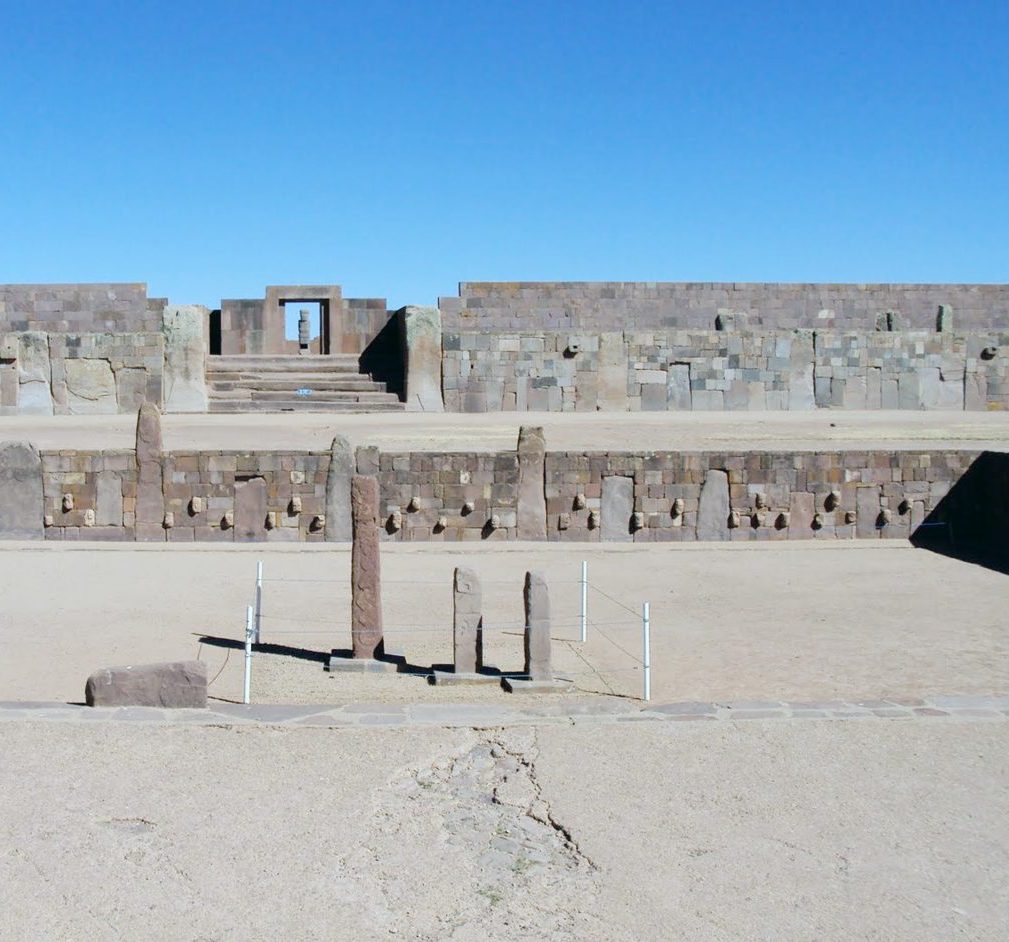The Semi-Subterranean Temple is a significant historical and archaeological site located in Tiwanaku, Bolivia. The temple, also known as the Templete Semi-subterráneo, is a part of the larger Tiwanaku archaeological complex, a UNESCO World Heritage Site. This unique temple is semi-underground, built into the earth with a rectangular, sunken courtyard. The temple is known for its carved stone faces and heads, which are embedded in the walls of the courtyard. These carvings represent a variety of human and mythological beings, reflecting the diverse cultures and beliefs of the ancient civilizations that inhabited this region.
Religious Structures
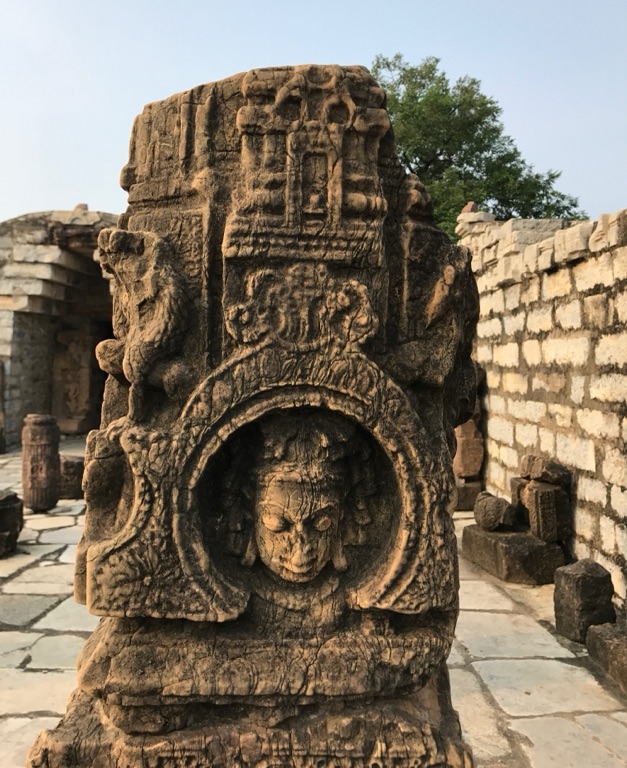
Surang Tila Temple
The Surang Tila Temple, a gem in the heart of Chhattisgarh, India, boasts an impressive history and remarkable architecture. The temple, dating back to the 7th century AD, survived a massive earthquake in the 11th century. Its unique design, featuring a pyramid-like structure with five levels, is a testament to the advanced architectural prowess of the time. Today, the temple stands as a symbol of resilience and an embodiment of India’s rich cultural heritage. The Surang Tila Temple, nestled in the ancient city of Sirpur, is a marvel of the past. Sirpur, once a bustling trade center, was a hub of cultural and religious activities. The temple’s construction dates back to the 7th century AD, during the reign of the Sarabhpuriya kings.
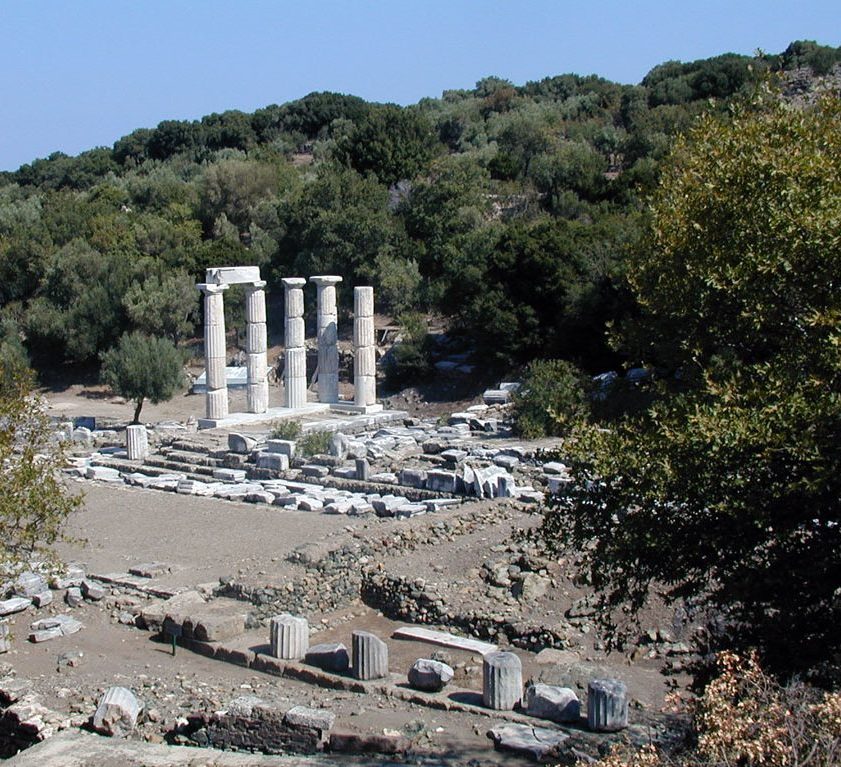
Samothrace Temple Complex
The Samothrace Temple Complex, also known as the Sanctuary of the Great Gods, is an ancient Greek religious site located on the island of Samothrace. Established in the 7th century BC, the complex was a significant center of worship for the mystery cult of the Great Gods, a pantheon of deities distinct from the classical Greek gods. The site is most famous for the statue of the Winged Victory of Samothrace, one of the greatest masterpieces of Hellenistic sculpture. The temple complex is characterized by its unique architectural features and the intriguing rituals that took place there.
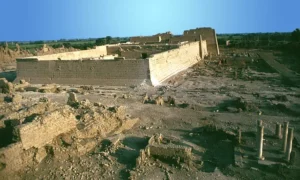
Medinet Habu (Temple of Ramesses III)
Medinet Habu, the Temple of Ramesses III, is a significant archaeological site located on the West Bank of Luxor in Egypt. Constructed as a mortuary temple for the Pharaoh Ramesses III, it is one of the best-preserved temples in Egypt. The complex is adorned with intricate reliefs and inscriptions that provide a wealth of information about the New Kingdom period of Ancient Egypt, particularly the reign of Ramesses III. It is renowned for its architectural grandeur, historical significance, and the role it played in ancient Egyptian religion and society.
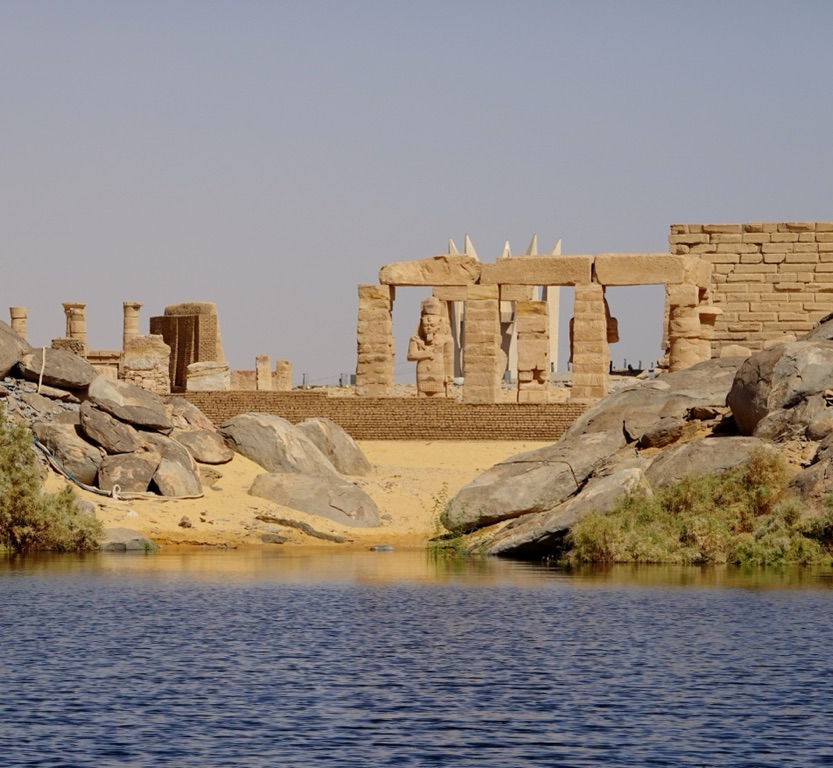
Temple of Gerf Hussein
The Temple of Gerf Hussein is a remarkable archaeological site located in Nubia, southern Egypt. Originally constructed during the reign of Pharaoh Ramesses II in the 13th century BC (during the 19th dynasty), the temple was dedicated to Ptah, the creator god of Memphis. Over the centuries, the temple has seen numerous modifications and additions, reflecting the diverse cultures that have occupied the region.
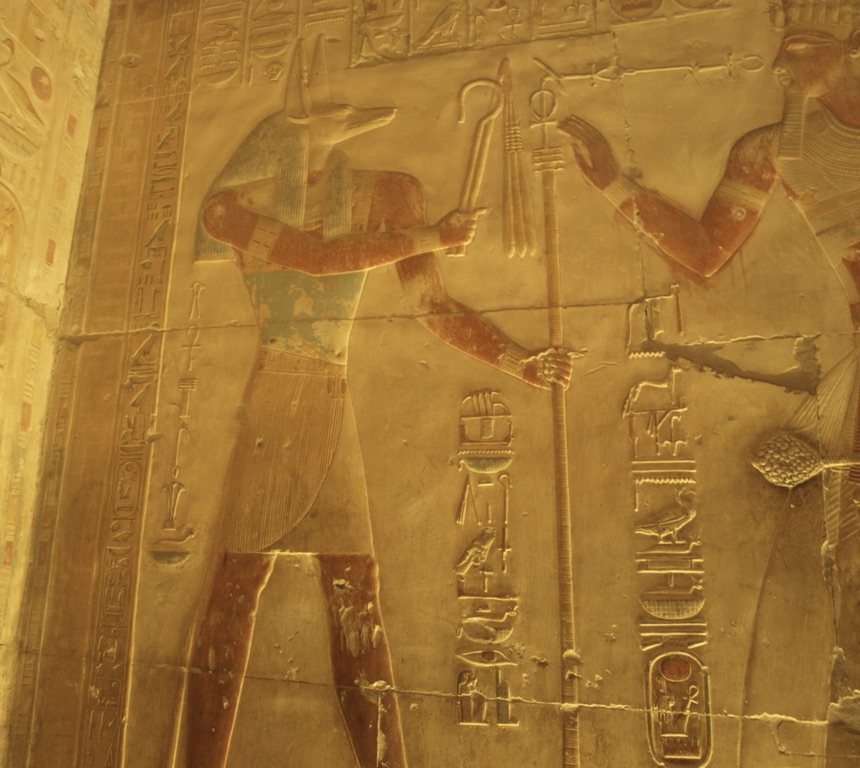
Temple of Seti I in Abydos
The Temple of Seti I is a historical monument located in Abydos, Egypt. Built during the reign of the New Kingdom Pharaoh Seti I, the temple is an iconic symbol of ancient Egyptian architecture and religious practices. The temple is known for its detailed reliefs, which depict various deities and Pharaoh Seti I himself. The temple also houses the Abydos King List, a chronological list that contains the cartouches of dynastic pharaohs of Egypt from Menes until Ramesses I, Seti’s father. The Temple of Seti I in Abydos is not just a historical monument but a treasure trove of information about ancient Egyptian civilization.

